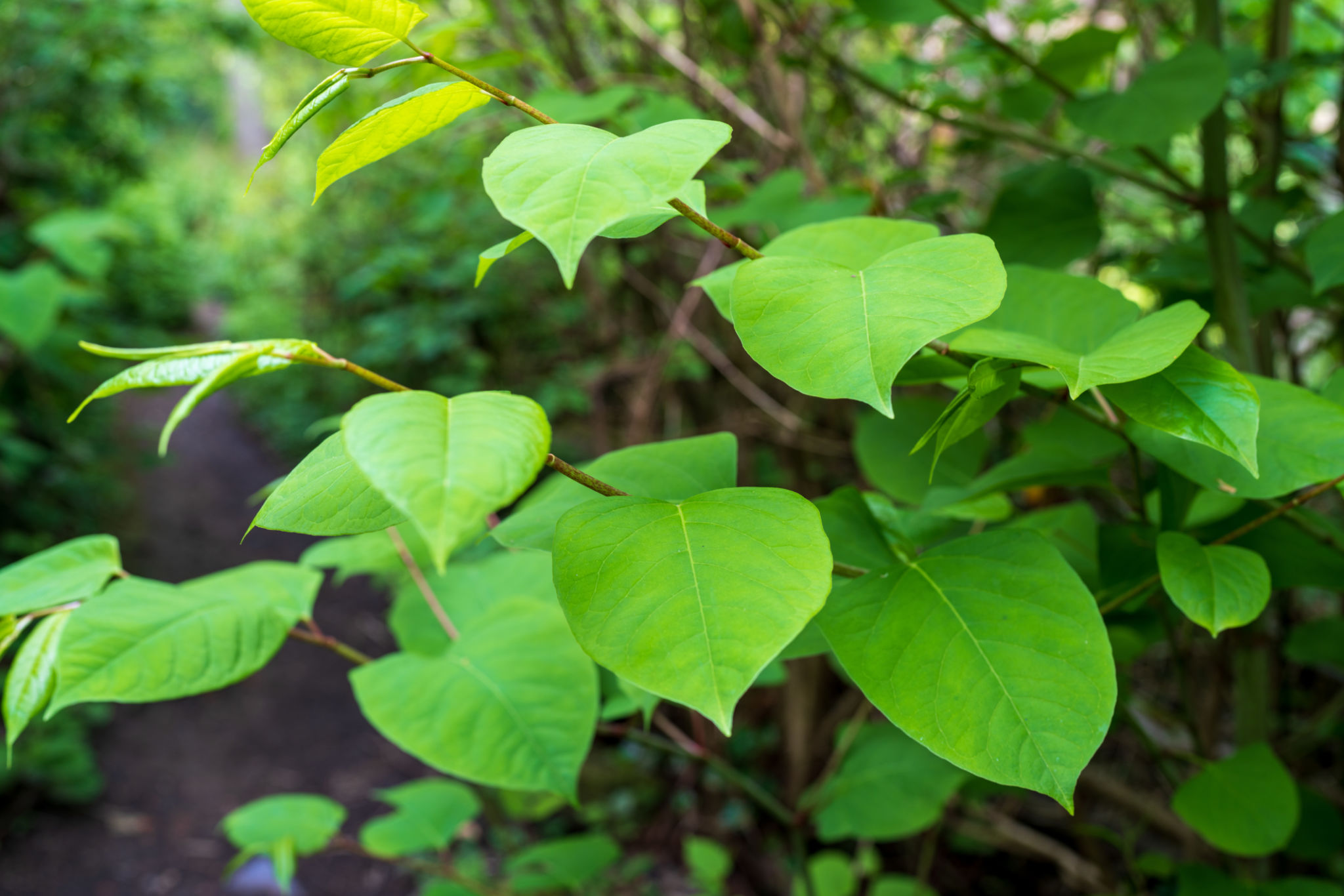Success Stories: Effective Invasive Bush Management Strategies in Limpopo
Understanding the Challenge of Invasive Bushes
Invasive bush species present a significant challenge to ecosystems around the world, and Limpopo is no exception. These bushes, often non-native, can spread rapidly, outcompeting local flora and disrupting the balance of the ecosystem. Understanding the specific types of invasive species and their impact is crucial for developing effective management strategies.

The Impact on Local Biodiversity
One of the most pressing concerns with invasive bushes is their impact on local biodiversity. These species often dominate landscapes, reducing the availability of resources for native plants and animals. This can lead to a decline in native species, some of which may be rare or endangered. Additionally, invasive bushes can alter soil composition and water availability, further challenging indigenous plant life.
Strategies for Managing Invasive Bushes
Effective management strategies are essential to combat the spread of invasive bushes in Limpopo. Several approaches have been identified as particularly successful:
- Manual Removal: Physically removing invasive bushes is labor-intensive but can be effective for small infestations. This method ensures that the entire plant, including roots, is removed to prevent regrowth.
- Chemical Control: The use of herbicides can be an efficient way to target large areas. However, it is crucial to use environmentally friendly products to minimize impact on non-target species.
- Biological Control: Introducing natural predators or diseases specific to the invasive species can help control their spread without harming the ecosystem.

Case Study: Success in Limpopo
Limpopo has seen significant success in managing invasive bushes through a combination of these strategies. One notable project involved community participation in manual removal efforts, combined with targeted chemical treatments. This holistic approach not only reduced the prevalence of invasive species but also engaged local communities in conservation efforts.
The integration of biological control measures further enhanced these efforts. By introducing natural predators like certain insects, the spread of invasive species was curbed more sustainably. This method also helped to restore the natural balance of the ecosystem over time.

The Role of Community Engagement
Community involvement has proven to be a key factor in the success of these management strategies. Educating local communities about the threats posed by invasive species and involving them in control efforts fosters a sense of ownership and responsibility. This approach not only aids in the immediate removal of invasive bushes but also ensures long-term vigilance and maintenance.
Future Directions and Sustainability
Looking forward, it is essential to focus on sustainable management practices that can be maintained over time. This includes ongoing monitoring of affected areas, continued community education, and adaptation of strategies as conditions change. Developing partnerships with environmental organizations and government agencies can provide additional support and resources for these initiatives.
By sharing success stories such as those from Limpopo, other regions facing similar challenges can learn and adapt these strategies to their unique environments. The ultimate goal is not only to manage invasive species effectively but also to preserve the rich biodiversity that defines regions like Limpopo.
